What Month Do Begonias Come Out? A Bloom Guide
Begonias are a delightful addition to any garden, known for their vibrant colors and lush foliage. If you’re wondering when to expect these beauties to make their appearance, you’re in the right place. Begonias typically start to bloom in late spring or early summer, depending on the variety and your local climate. Understanding the timing can help you plan your garden to make the most of these stunning plants.
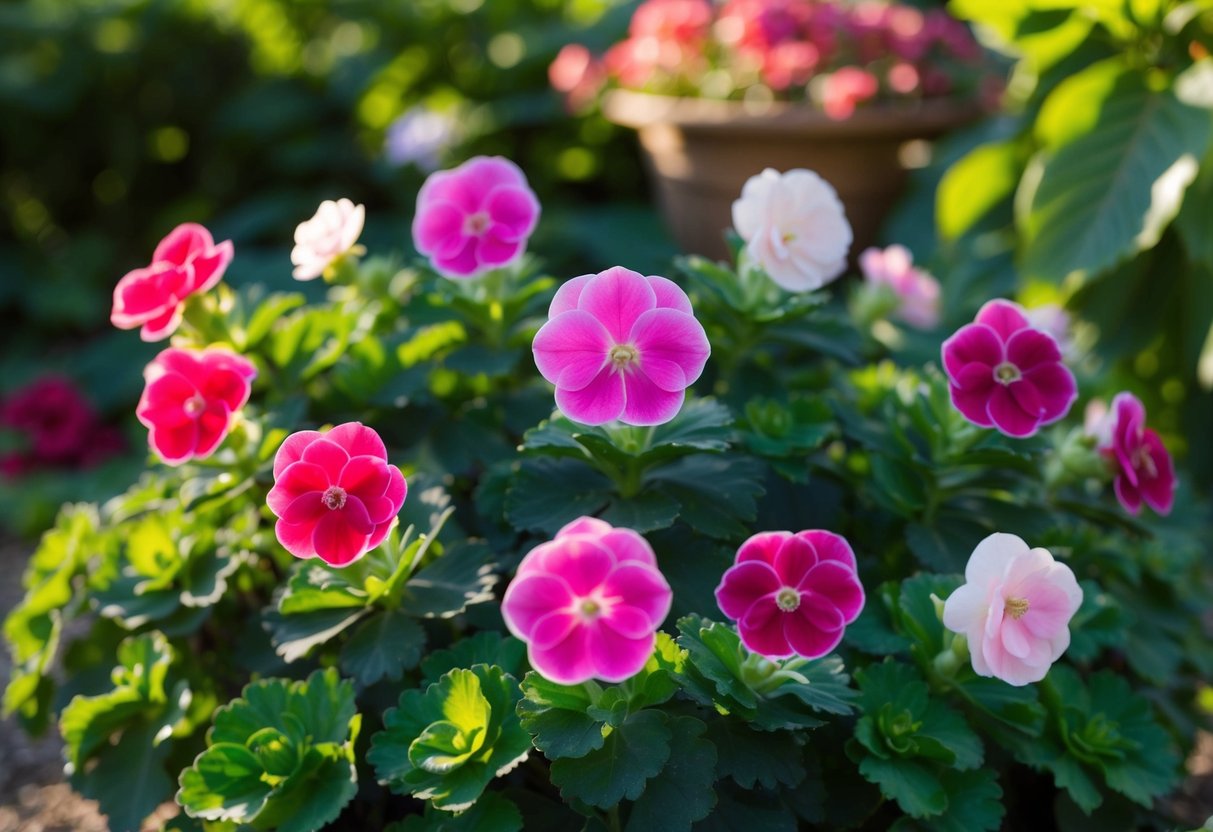
Tuberous begonias and wax begonias are among the most popular types. Tuberous begonias thrive best when planted in spring, as they require warm weather to flourish. Meanwhile, Rex begonias and wax begonias can also be grown as perennials in milder regions. These varieties are known for their unique leaf patterns and rich colors, making them a favorite among gardeners.
Hardy begonias are another exciting option if you’re looking for a plant that can withstand cooler temperatures. These begonias can add a pop of color to your garden in late summer and continue into the fall. By carefully selecting the right type of begonia for your climate and planting them at the right time, you can enjoy these beautiful plants throughout much of the year.
Understanding Begonias
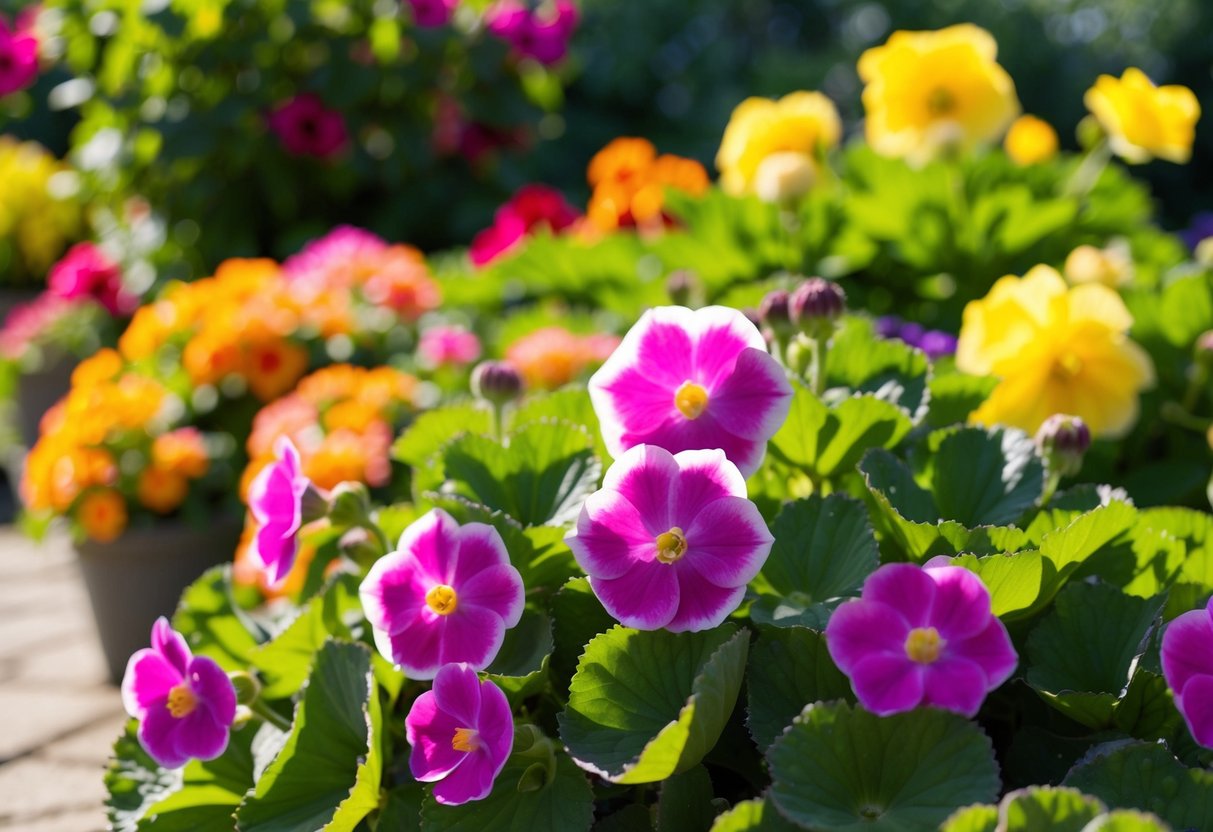
Begonias are popular flowering plants known for their bright colors and ease of care. They thrive in a variety of environments and offer different forms and sizes to fit your gardening needs. Knowing the types and life cycle of begonias will help you choose and grow them successfully.
Types of Begonias
There are several types of begonias, each with unique features. Tuberous begonias are known for large, showy flowers and do best in shaded gardens with well-drained soil. They are often grown as annuals in colder climates. Meanwhile, Rex begonias are admired for their striking leaf patterns rather than flowers and are great as houseplants. Lastly, wax begonias have shiny leaves and small flowers, tolerate more sun, and are commonly used as bedding plants. These often thrive in hardiness zones 9 to 11.
Rhizomatous begonias have thick stems and vibrant foliage, making them perfect for shady spots indoors. Meanwhile, cane begonias, also called angel wing begonias, feature tall, bamboo-like stems and are prized for their colorful blooms. They need bright but indirect light to flourish. Understanding these types will help you choose the right begonia for your garden or indoor space.
Begonia Life Cycle
The life cycle of begonias can vary based on type. Tuberous begonias grow from underground tubers which store energy through dormant periods. In spring, they sprout and bloom until fall. Before winter, you can dig up the tubers and store them in a cool, dry place.
Fibrous and cane begonias can be grown as perennials in warm climates. They produce seeds or can be propagated from cuttings. For annuals, simply replant each spring. Pay attention to sun exposure and ensure they get adequate shade for best results. Most begonias bloom during the warmer months, displaying a range of colors from soft pinks to vibrant reds. Adjusting soil pH and ensuring proper humidity can enhance their growth and blooming patterns.
Cultivation and Care
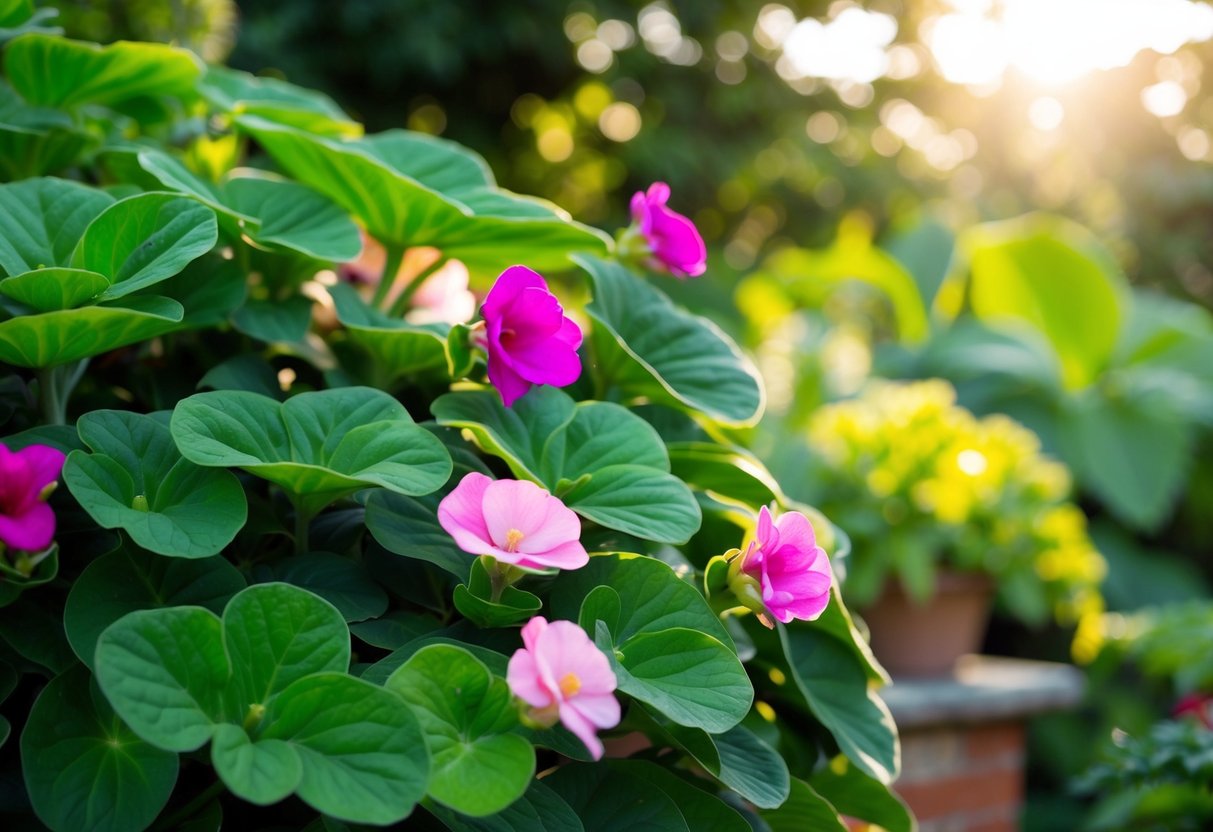
Caring for begonias involves proper planting, maintaining their health, and managing common pests and diseases. You need to ensure the right environment, soil, and watering techniques to help your begonias thrive.
Planting Begonias
When planting begonias, choose a location with partial shade and well-draining soil rich in organic matter. They prefer temperatures ranging from 60°F to 75°F. If you’re planting them in containers, ensure the pots have drainage holes.
Position begonias in spots where they can avoid harsh midday sun. If you’re using them in a flower bed, consider mixing in organic compost to enhance soil fertility. Remember to plant begonias after the last frost to prevent any temperature shocks.
Maintaining Begonia Health
To keep your begonias healthy, maintain a consistent watering schedule. They like their soil moist but not soggy, so water when the top inch feels dry. You can use a balanced, water-soluble fertilizer every two to four weeks during the growing season.
Humidity is vital, especially in dry environments. You might want to use a humidity tray or mist the leaves occasionally. Just avoid wetting the foliage in low light to minimize fungal issues. Pinching back any leggy growth helps encourage a bushier appearance.
Pest and Disease Management
Common pests for begonias include mealybugs and aphids. You can remove them using a gentle stream of water or insecticidal soap. To manage diseases like powdery mildew and root rot, ensure good air circulation around the plants.
Keep the plants in a cool, dry environment to prevent disease spread. Removing any infected leaves and avoiding overhead watering helps limit these issues. Regularly check your begonias and address problems promptly to keep them looking their best.
Seasonal Considerations
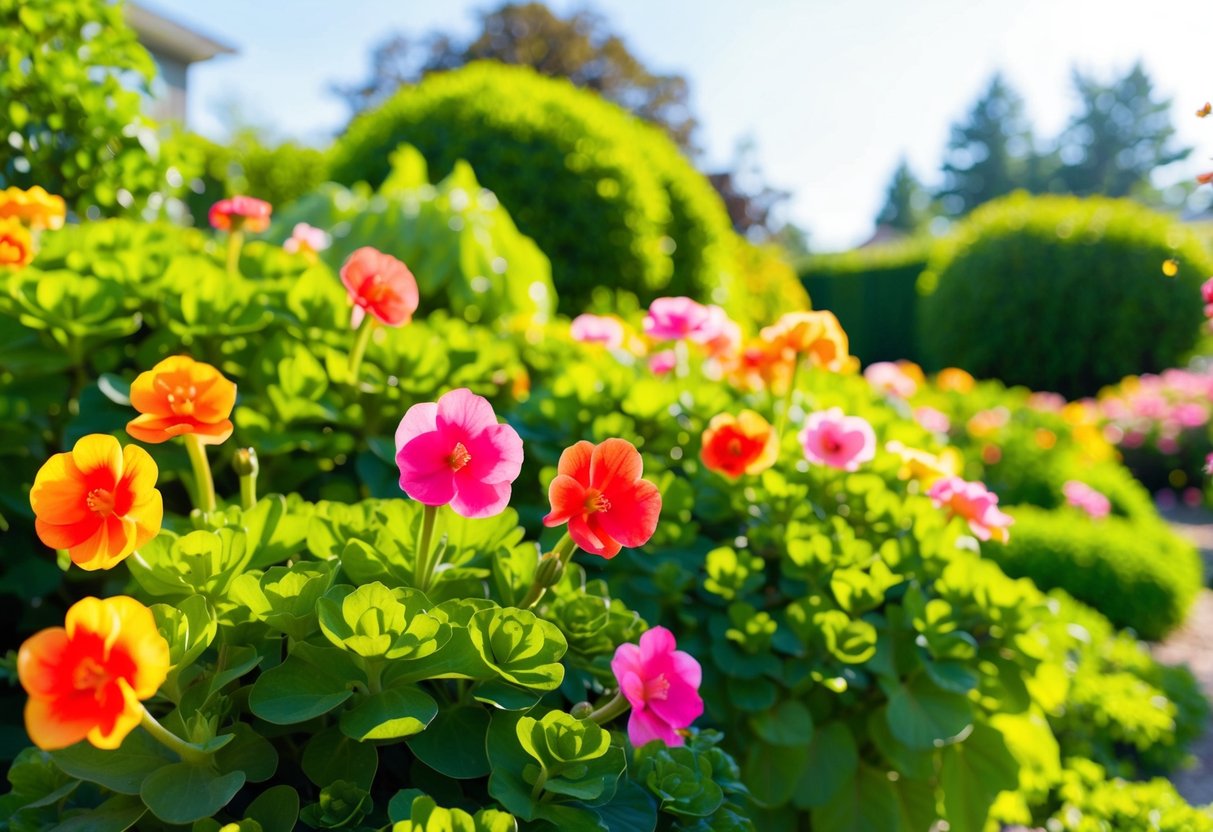
Begonias offer vibrant blooms throughout much of the growing season. Understanding when they typically bloom and how to protect them from weather changes is essential for keeping them healthy and beautiful.
When Begonias Bloom
Begonias usually start blooming in late spring and can continue into the fall. In mild climates, these flowers may bloom nearly year-round. They thrive in partially shaded areas but need some sunlight, ideally morning sun or indirect sunlight. Too much direct sunlight can damage the leaves and flowers.
For annual types, timely planting is crucial for maximizing bloom time. Meanwhile, hardy begonias can survive milder winter conditions, but others require more careful consideration of planting times and seasonal changes to encourage blooming.
Protecting Begonias from Weather
Begonias need protection from extreme weather. Frost and freezing temperatures are major threats. If you live in a region with cold winters, consider growing begonias in pots so you can move them indoors during frosty periods. In warmer areas, they might survive mild winters outdoors.
To prevent damage from harsh weather, plant them in locations that provide some shelter, like under trees or beside structures that can buffer strong winds. More vulnerable varieties benefit from being brought indoors before frost hits, ensuring they remain vibrant and continue to brighten your space.
Propagation and Repotting
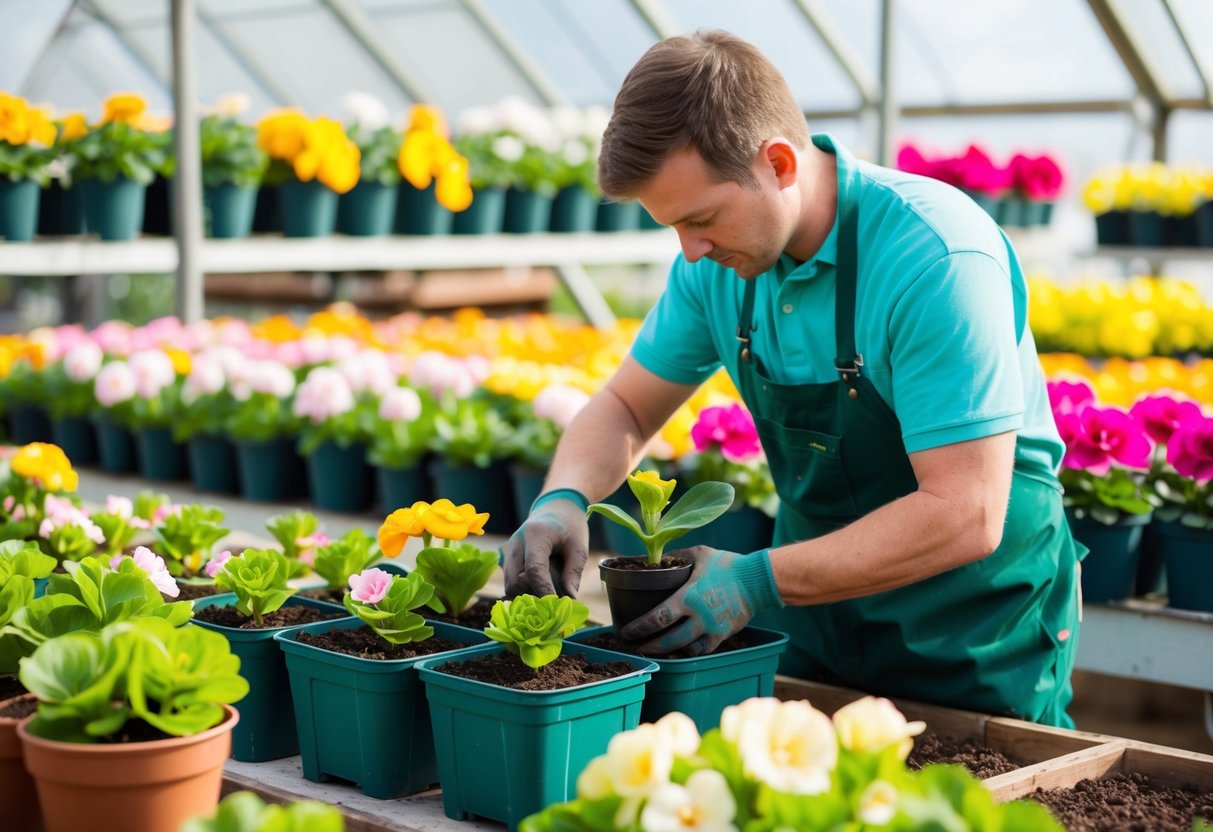
Begonias are versatile plants that can be propagated and potted in different ways. By understanding various propagation methods and knowing when to repot, you can help your begonias thrive.
Methods of Propagation
When propagating begonias, you have several methods available. Stem cuttings are one of the most common. Using a clean pair of scissors, cut a healthy stem just below a node and plant it in soil or water. Be sure to keep the cutting in a warm area with good humidity.
Leaf cuttings are another effective method. Select a healthy leaf, cut it with the petiole (the stalk that joins a leaf to the stem), and place it in a small hole in the soil. Keep the environment humid by covering it with plastic wrap or a plastic bag.
Some begonias, like tuberous types, can also be propagated using tubers, while others, such as rhizomatous begonias, use rhizomes. For these species, separate parts of the tuber or rhizome and plant them directly into the soil.
Repotting Tips for Begonias
Repotting your begonias is essential for their growth, especially when they are root-bound. It’s time to repot when you see roots growing out of the pot’s drainage holes. Choose a pot about an inch larger in diameter than the current one.
Fill the new pot with fresh, well-draining potting mix. Begonias prefer soil that retains some moisture but doesn’t become waterlogged. When repotting, carefully remove the begonia from its old pot, shake off excess soil, and place it in the new pot.
Press the soil gently around the roots and water it lightly. After repotting, place the begonia in a warm location with indirect sunlight. This will help prevent stress and encourage healthy growth.
Begonias Around the World
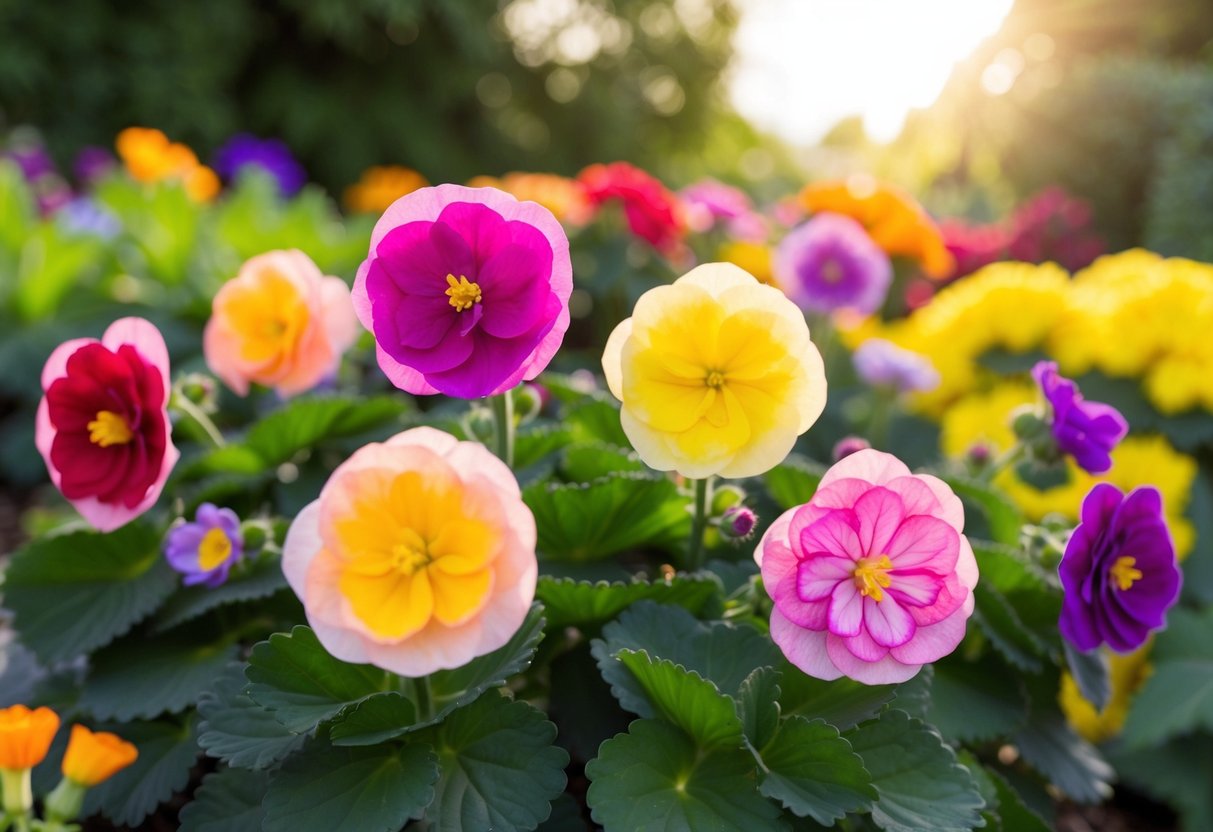
Begonias thrive in diverse regions, reflecting their rich history and adaptability. From their origins to how they are cultivated across different climates, begonias showcase a global presence.
Begonia Origins
Begonias are native to tropical regions, particularly in Central and South America. You can also find them in parts of Africa and Asia. These plants originally grew in lush, humid environments, which explains why they love moisture and warmth.
In their native habitats, begonias often cover forest floors or hang as houseplants. Because of the great diversity in species, ranging from compact indoor begonias to large outdoor varieties, begonias cater to both beginners and seasoned gardeners. Their fascinating history makes them popular in gardens and homes around the world.
Cultivation Across Climates
Begonias are versatile and can adapt to different climates. In tropical environments, they flourish outdoors, enjoying humidity and warmth.
In cooler, temperate regions, they are often grown as indoor plants or houseplants. They are easy to grow with the right care.
Humidity is key, so you might need to create a humid environment indoors, especially in drier climates.
Nearly everyone can enjoy begonias by selecting suitable variegated options that thrive in their local conditions.
Whether you live in a sunny place or a colder area, begonias offer vibrant foliage and flowers to brighten any space.







